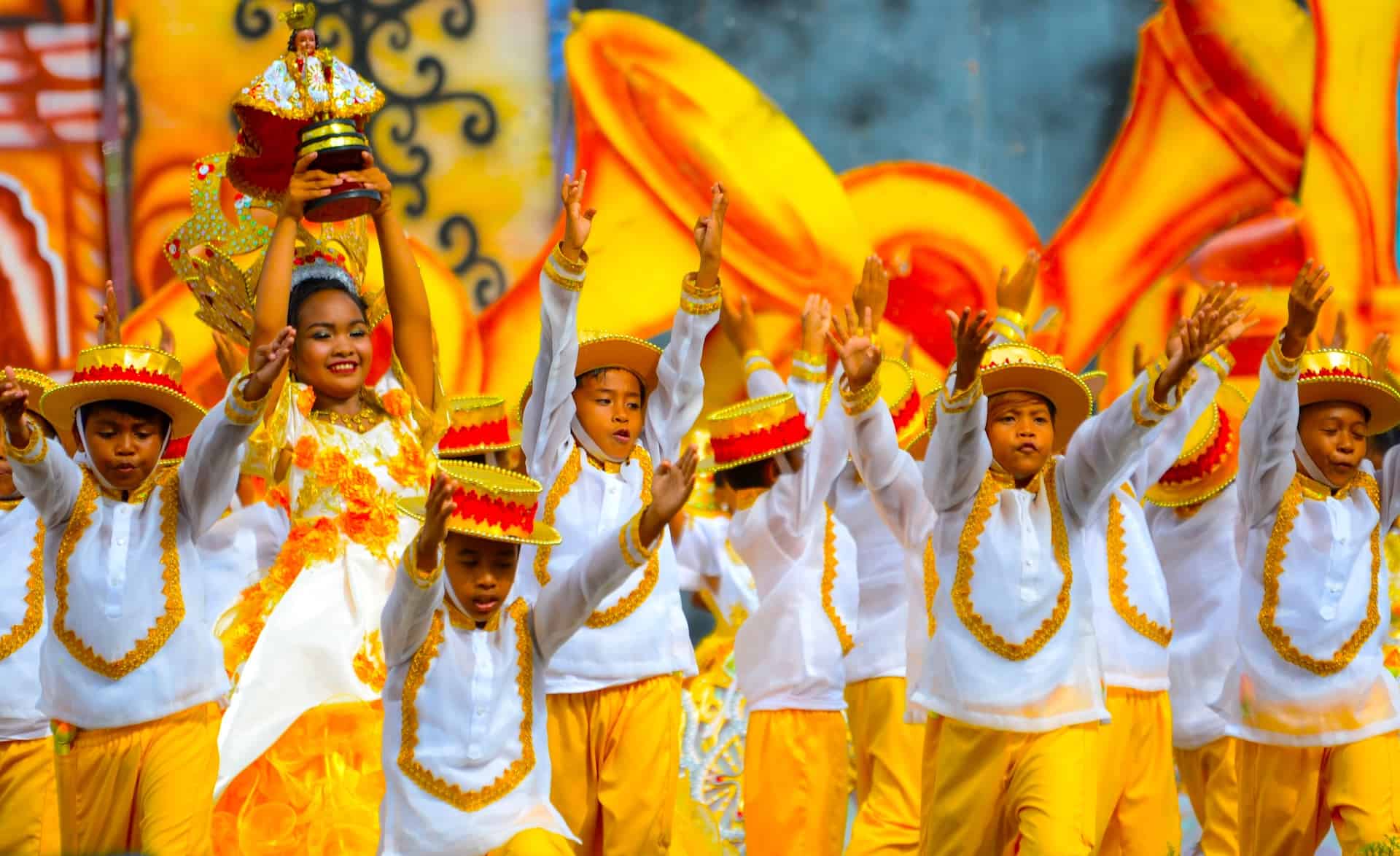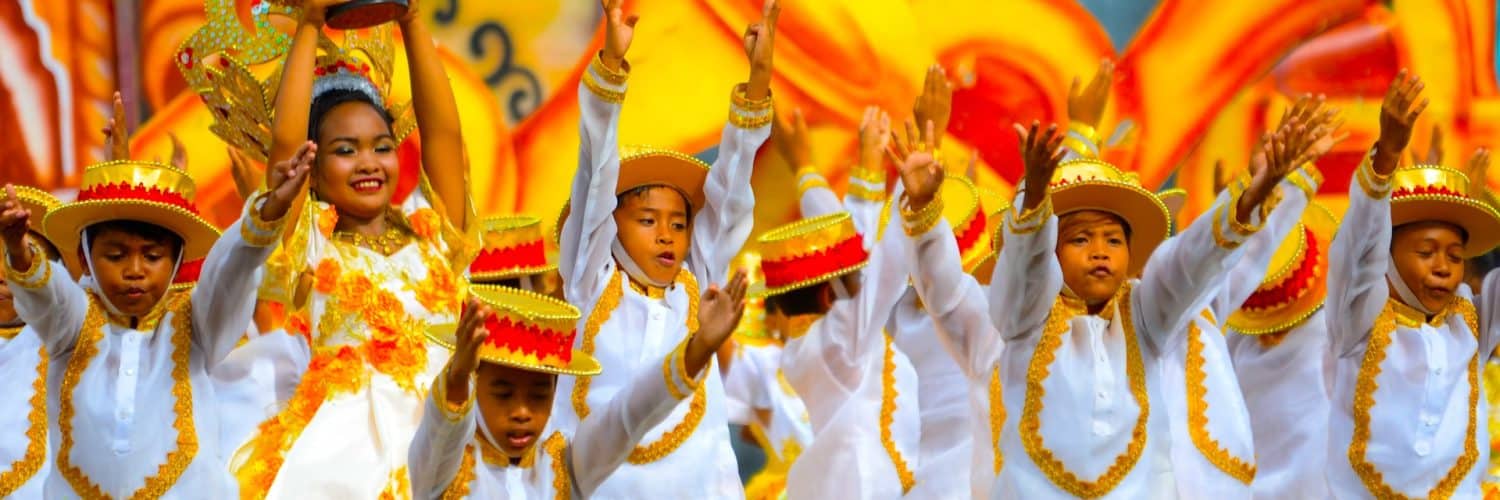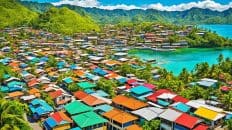The Philippine school system, with its diverse influences and adaptations, offers a comprehensive educational experience that strives to produce well-rounded individuals. While challenges exist, the constant efforts for reform and modernization highlight the country’s commitment to providing quality education for its youth.
The Philippines boasts a rich tapestry of cultures, languages, and traditions. This diversity is also mirrored in its educational system, which has evolved significantly over the years. Rooted in a history influenced by both Eastern and Western cultures, the Philippine school system offers unique insights into the convergence of global educational practices and local adaptations.
1. Historical Background
Colonial Influence: The Philippine educational system has been profoundly shaped by its colonial past. The Spanish, who colonized the country for over 300 years, introduced formal schooling, primarily to spread Christianity. Schools during this era were mostly religious institutions, with the curriculum revolving around Christian doctrines.
American Era: The Americans took over in 1898 and revamped the education system. They introduced the public school system, emphasizing English as the medium of instruction. This period saw the founding of many schools and universities, some of which remain prestigious institutions today.

2. Structure and Curriculum
Basic Education: The Philippine education system, in its current form, follows the K-12 program. This was implemented in 2012 to enhance the readiness of students for tertiary education, middle-level skills development, and employment. Basic education is divided into Kindergarten, six years of elementary education, and six years of secondary education, comprising Junior (Grade 7-10) and Senior High School (Grade 11-12).
Tertiary Education: After completing the K-12 program, students can proceed to tertiary education, typically lasting four to five years, depending on the degree. There’s a wide array of courses offered in various public and private institutions, from humanities to sciences and vocational tracks.
3. Medium of Instruction
English and Filipino: While English remains a dominant medium of instruction, especially in higher education and private schools, Filipino (the national language) is also used, particularly in public schools and at the elementary level. This dual-language system reflects the country’s aim to produce globally competitive graduates while preserving national identity.
Regional Languages: The Department of Education has also integrated the use of regional languages in early education through the Mother Tongue-Based Multilingual Education (MTB-MLE) policy. This initiative aims to use the learner’s first language or mother tongue as the primary medium of instruction from Kindergarten to Grade 3.
4. Challenges and Reforms
Quality of Education: While the Philippines has a high literacy rate, concerns regarding the quality of education persist. Overcrowded classrooms, lack of resources, and outdated teaching methods have often been cited as challenges. These issues have spurred various reforms, including curriculum updates and the integration of technology in classrooms.
Inclusivity: Another significant challenge is ensuring inclusive education for everyone, including indigenous peoples and those living in geographically isolated areas. Efforts have been made to provide alternative learning systems and mobile schools to reach these marginalized communities.
5. Extracurricular Activities
Sports and Arts: Filipino students are actively encouraged to participate in extracurricular activities. Sports like basketball, volleyball, and badminton are popular in schools. Simultaneously, arts and culture, including traditional dance, music, and theater, play a significant role in school events and competitions.
Organizations and Clubs: Schools in the Philippines also emphasize character development and leadership skills. Hence, a variety of clubs and organizations exist, ranging from science clubs, journalism groups, to youth leadership and community service organizations.
6. The Role of Technology
Modernizing Learning: With the digital age, Philippine schools, especially in urban areas, are integrating technology into the classroom. Smartboards, online learning platforms, and computer-assisted lessons are becoming more prevalent. This integration aims to prepare students for the modern workplace and enhance their digital literacy.
Distance Learning: The COVID-19 pandemic highlighted the need for distance learning. Schools were forced to adapt rapidly, with many using online platforms, modular instruction, and television or radio-based instruction. This sudden shift underscored the importance of technology in ensuring the continuity of education in crises.


















Add comment